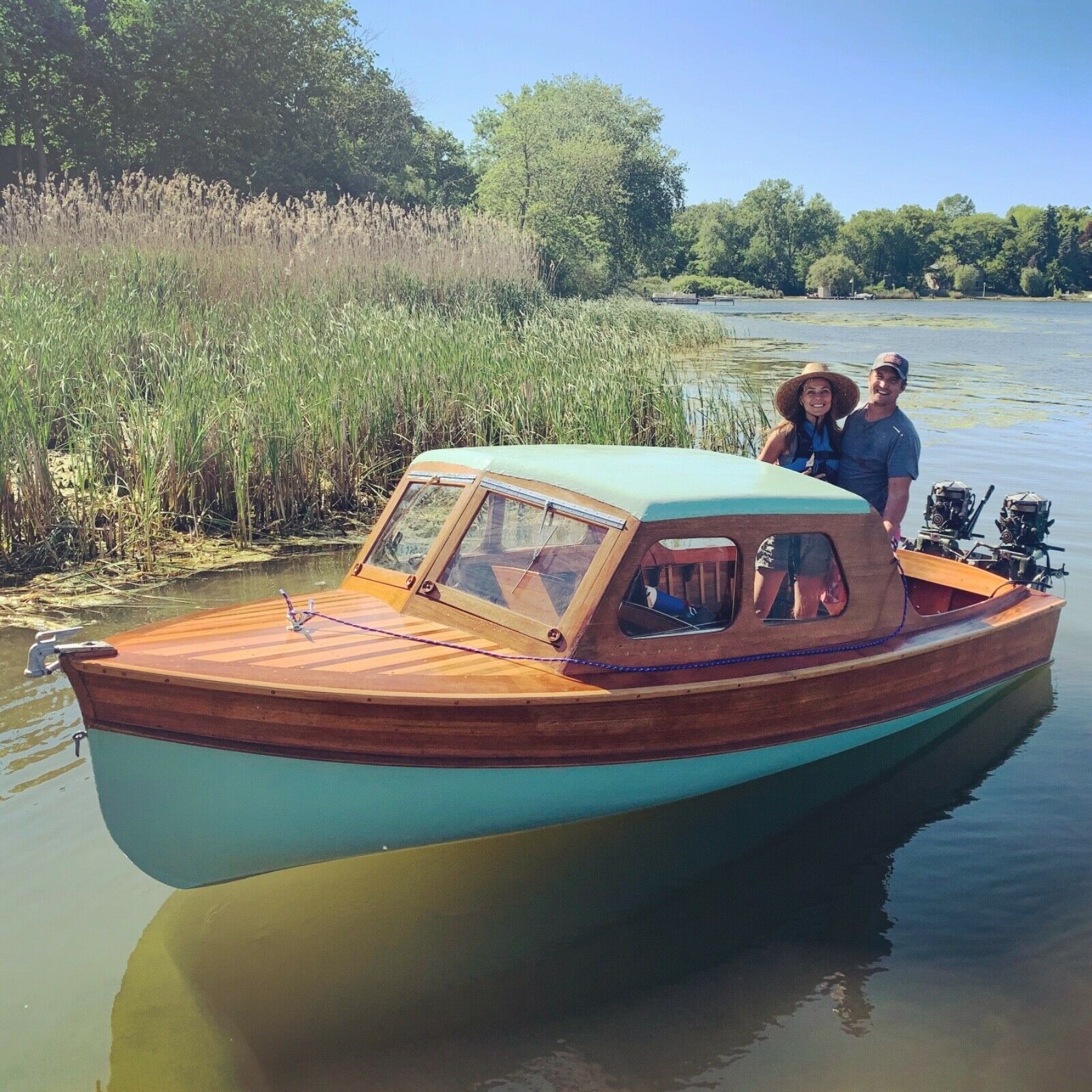

“The immigrants who came to Switzerland had the skills of the trade, but they had to learn the Swiss art of discretion.” Pedrazzini excelled in this regard, partially just by remaining a small outfitter. “Discretion is to the Swiss what hand gesturing is to Italians,” says one boat owner who wishes to remain anonymous.

But it was these waves of migrants that helped create and develop modern Switzerland’s reputation for luxury, not just with boats, but in watchmaking, chocolate production, banking and engineering. To outsiders, Switzerland might seem like an insular nation. Bäch became one of the country’s hubs of immigrants and, eventually, secondos, first-generation Swiss born to émigré parents. They’re a pleasure to use but require little knowledge on how the boat’s hull really performs.”Īfter the two World Wars, Italians escaping the devastation in Italy poured into Switzerland to find work, many bringing their artisanal skills with them.
Small runabout boats how to#
“A complicated timepiece is no longer something people know how to use, but it’s still exciting to wear Paul Newman’s chronometer on your wrist even if you’re not timing a lap in Daytona. Celtic swords and sailing vessels are frequently pulled from the lakes by underwater archaeologists today.īoesch and Pedrazzini stand apart because they offer a “classic” look that is “nearly as easy to maintain as a fiberglass hull,” says Gerald Guetat, a boat historian and author of several books on classic wooden examples. Subsequent waves of occupying Celts and Romans were equally nautically minded. Today there are 56 UNESCO-listed submerged archaeological sites across the Swiss Alps that remain waterlogged witnesses to this alpine maritime culture. These and other ancient Bronze Age “pallafite cultures” occupied Switzerland from 5000 to 500 BCE and relied heavily on boats. Despite being landlocked, the area has a nautical tradition dating back thousands of years, to an era when Neolithic peoples lived in stilt-houses at the edges of lakes and rivers all through Central Europe.

Unlike Italy’s modern history of yacht building, with its 1950s Portofino glamour, 1980s superyacht excess in Viareggio or the Italian-lakes cool of Riva and other runabout makers, Switzerland’s shipbuilding narrative is more subdued, but it’s no less historical. (The company is characteristically mum and says it has no record of such an event.) Back then, Bäch was known for its farms, mostly fruit and nut orchards with voluminous cherry, walnut and plum trees stretching down the meadows past half-timbered homes to the lakeshore.Īlessandro Pedrazzini (left) and his father, Claudio, from the fourth and third generations, respectively, of the family business.

The commander in chief-who frequently cruised around Cape Cod on the presidential yacht Honey Fitz-was evidently eager to test-drive a Pedrazzini. In the early 1960s, it was rumored that the yard was visited by an off-duty John F. Pedrazzini is located in the village of Bäch, just over the line in Canton Schwyz. The company produces no more than six vessels per year, each requiring over 4,000 hours of labor. In Pedrazzini’s words, they’re “bespoke,” which is why a basic shell of these classics starts in the six-figure range. (The exact number is a trade secret.) As their name suggests, the boats feature understated hints of Italian design. Pedrazzini’s runabouts are forged of mahogany and swathed with 20-plus coats of lacquer.


 0 kommentar(er)
0 kommentar(er)
